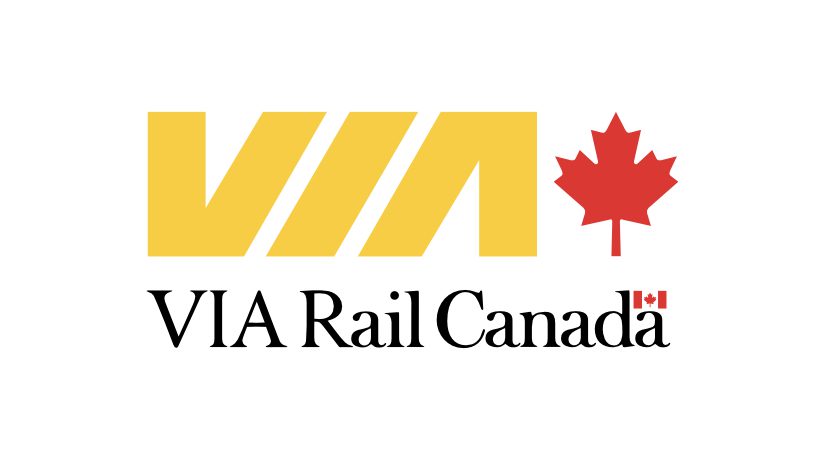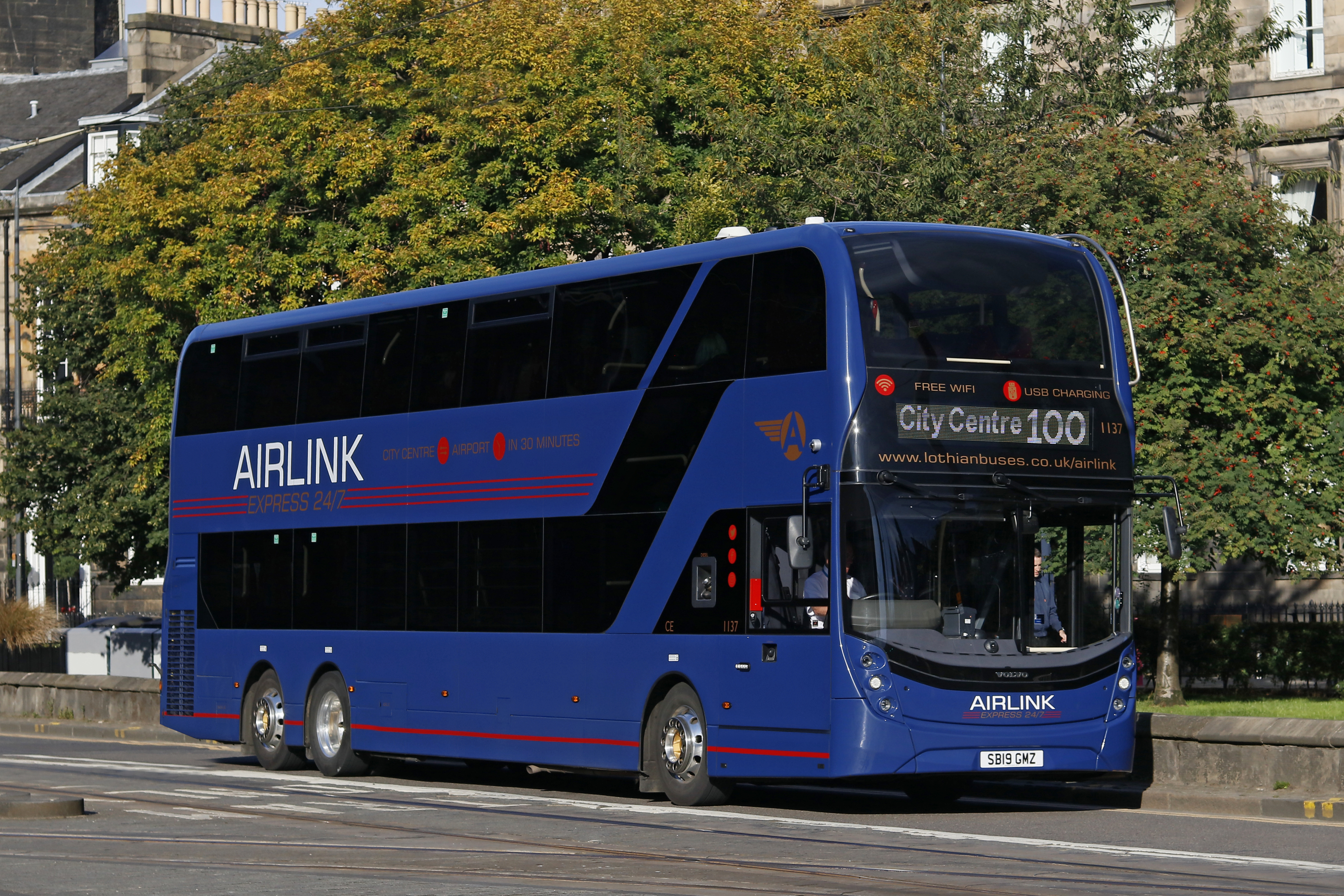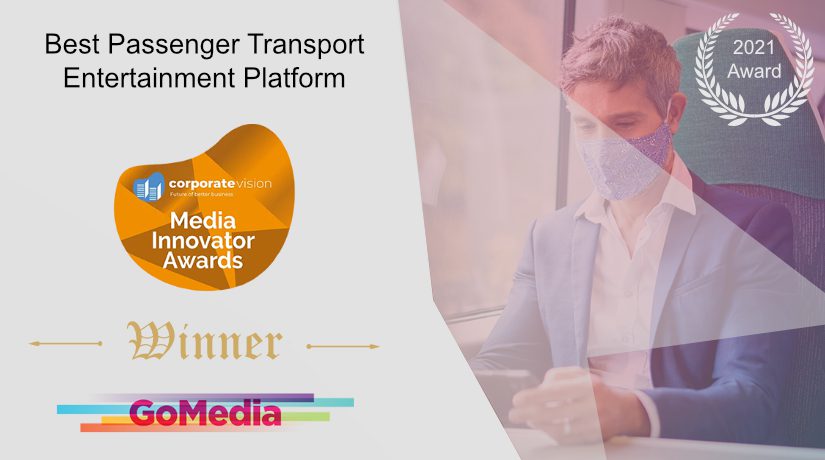Real-time Journey Information
By providing real-time information via mobile web portals or in-vehicle screens, we can keep passengers updated with live arrival and departure times, as well as informed of multi-modal onward journey options.
In a world of increasingly ubiquitous connectivity and access to information, passengers rightly expect to receive the right information, at the appropriate time, delivered to them in a manner that makes sense.
Real Time Passenger Information (RTPI) systems can significantly improve the experience of those travelling via public transport. When a passenger is kept fully informed regarding their trip, they feel confident and prepared; they know exactly where they need to head to make a connection, what time they need to arrive, and how the remainder of their journey looks.
By removing uncertainty through the accurate and timely delivery of information, the actual and perceived duration of travel is reduced. This makes the whole experience of navigating a trip as stress-free as possible; passengers don’t need to wait for so long at a stop (which can make them feel safer), and they will arrive at their destination feeling relaxed (which naturally increases their propensity to travel using public transport more often).
The requirement for digital RTPI solutions was undoubtedly accelerated as a result of the COVID-19 pandemic. Passengers need real-time access to data in order to safely and efficiently plan their journeys, and to stay connected while on the go. In contrast, traditional information channels simply cannot keep pace with data demands and are too expensive to maintain / update.
Delivering The Connected Journey from Door-to-Destination
Armed with the right information at the right moments, a passenger’s journey will meld effortlessly into the rest of their day. Thankfully, our powerful real-time information solutions mean that passengers can be seamlessly guided with accurate, up-to-the-minute information on routes, services and prices…
• Pre-boarding – Passengers can be sent push notifications to their smart device confirming information on departure time and platform, as well as vehicle occupancy levels, for example. This helps minimise the time they need to spend in a public space waiting for a suitable service, and makes it easier to find a free seat in a quiet carriage once they board.
• On Board – While they travel, passengers can be given real-time access to information via their smart device or in-vehicle screens, providing them with live updates on their journey progress. The ability to alert travellers to any issues at the earliest possible moment gives them a degree of control and reassurance; though never good news, if passengers know when and why delays occur, they are far more likely to be understanding.
• Post-Trip – Passengers can be presented with multi-modal onward journey possibilities via their smart device. This creates a truly joined-up experience; able to view departures across various transport modes (train, bus, tram, bike, e-scooter, taxi etc.), customers are empowered to rapidly and intuitively adapt as they proceed along each step of their journey.
Making the Best of a Delay
No-one likes their trip to be delayed, but when one occurs there are different ways that a transport operator can deal with the situation. Let’s imagine that Jack needs to get home after a hard day’s work…
As Jack’s story demonstrates, communication is key when it comes to handling delays. Removing uncertainty via journey information reduces frustration and allows passengers to stay productive.
Read our Real-time Passenger Information Guide
Get in Touch for More Information
GET IN TOUCH





